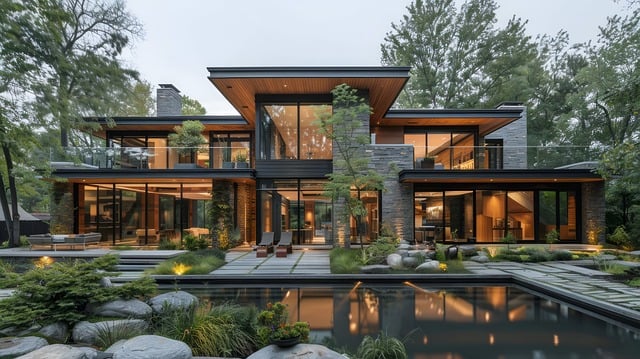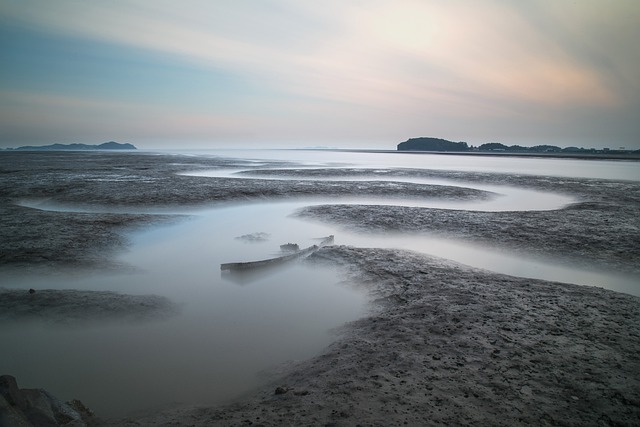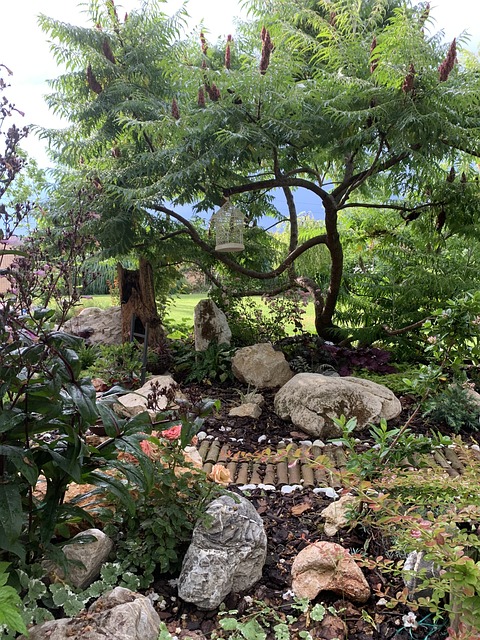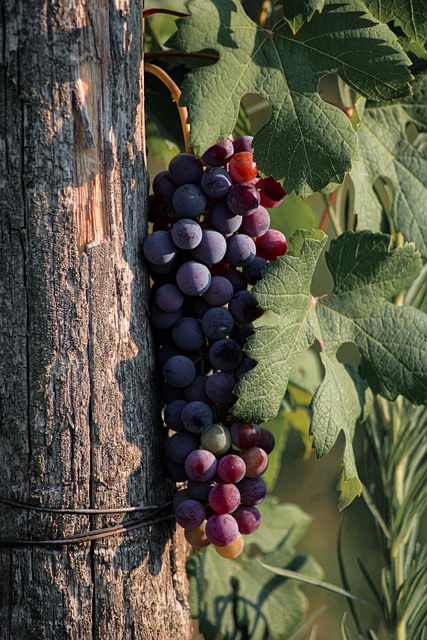This guide presents innovative sloped yard landscaping ideas that harmonize with the natural contours of your land to create a visually striking and functional space. It advocates for the use of native plants adapted to sloped environments, which not only add to the aesthetic but also promote biodiversity and reduce maintenance. The integration of terraced yard designs with effective retaining wall ideas serves dual purposes: enhancing the landscape's visual appeal and providing practical erosion control landscaping solutions. These terraces make a sloped yard more navigable, creating distinct areas for different uses while facilitating movement with steps or pathways. The article also emphasizes water management through the strategic placement of drought-resistant plants along contour lines to minimize runoff. It guides readers on incorporating hillside garden design elements that combine contemporary style with timeless principles for a sustainable outdoor space, offering steep slope landscaping tips that ensure both beauty and functionality in sloped backyard solutions. Additionally, the guide discusses various retaining wall ideas, including gravity walls, cantilevered walls, or modular block systems, to provide soil stabilization as part of erosion control landscaping. For those looking for sloped yard landscaping ideas that are both innovative and design-conscious, this section is an invaluable resource for transforming your hillside garden into a resilient and enchanting landscape.
Embarking on landscaping a sloped yard presents unique challenges and opportunities. This article delves into the art of integrating native plants to create beautiful, low-maintenance slopes that both thrive in place and serve as a testament to local biodiversity. We explore various sloped yard landscaping ideas, including hillside garden design with retaining wall ideas that ensure stability while enhancing aesthetics. Terraced yard design strategies are presented for managing landscaping on a slope, offering innovative solutions that blend modern style with the natural environment. Erosion control landscaping techniques for steep slopes are discussed to maintain soil integrity and promote sustainable growth. Whether you’re looking for hillside garden design inspiration or seeking contemporary sloped backyard solutions, these tips and strategies will guide you in mastering the art of steep slope landscaping with native plant integration.
- Embracing Natural Beauty: Incorporating Native Plants into Your Sloped Yard Landscaping Ideas
- Designing for Stability and Aesthetics: Hillside Garden Design with Retaining Wall Ideas
- Tiered Tranquility: Terraced Yard Design Strategies for Low-Maintenance Gardening on a Slope
- Erosion Be Gone: Effective Erosion Control Landscaping Techniques for Steep Slopes
Embracing Natural Beauty: Incorporating Native Plants into Your Sloped Yard Landscaping Ideas

Embarking on a landscaping project for a sloped yard can be both challenging and rewarding, offering unique opportunities to showcase native plants that thrive in such environments. A hillside garden design that integrates these local species not only adds a touch of natural beauty but also complements the contours of the land. The use of terraced yard designs, complete with retaining wall ideas, can create defined spaces that are both functional and aesthetically pleasing. These terraces serve as erosion control landscaping elements, ensuring that your slope-friendly growth is sustainable and long-lasting.
Incorporating native plants into your sloped yard landscaping ideas is essential for harmonizing with the local ecosystem. Not only do these plants require less maintenance, but they also tend to be more resistant to pests and diseases prevalent in the region. A modern sloped yard design that takes advantage of these benefits can be both innovative and timeless. For instance, utilizing drought-resistant native shrubs along the contour lines can help with water management on a slope, reducing runoff while promoting healthy plant growth. Additionally, thoughtful landscaping on a slope, such as incorporating steps or pathways that meander through the terraces, can enhance accessibility and provide a tranquil walking experience amidst the lush greenery of your hillside garden.
Designing for Stability and Aesthetics: Hillside Garden Design with Retaining Wall Ideas

When contemplating sloped yard landscaping ideas, integrating a hillside garden design with retaining wall ideas becomes a focal point for both stability and aesthetics. Retaining walls not only prevent soil erosion but also create distinct terraces that transform a steep slope into functional and visually appealing garden levels. These terraced yard designs offer versatility in plant selection, allowing for the cultivation of a variety of native plants that thrive in your region. By choosing the right retaining wall materials, such as stone or timber, you can achieve a modern sloped yard design that complements the natural contours of your land while providing erosion control landscaping solutions.
Incorporating landscaping on a slope requires thoughtful planning to ensure water flows away from your home and through the terraces, optimizing irrigation and drainage. Steep slope landscaping tips often recommend using natural contour lines to guide the placement of retaining walls, which in turn supports the health of the plants by maintaining soil moisture and fertility. A well-designed hillside garden with a thoughtfully placed retaining wall not only enhances the beauty of your outdoor space but also creates a stable environment that minimizes maintenance efforts and promotes sustainable land use. With careful consideration of local climate conditions, sun exposure, and microclimates within the sloped backyard solutions, you can design a garden that is both resilient and picturesque.
Tiered Tranquility: Terraced Yard Design Strategies for Low-Maintenance Gardening on a Slope

Embarking on a sloped backyard transformation requires thoughtful design and strategic implementation to ensure both aesthetic appeal and practical functionality. A hillside garden designed with terraced yards in mind not only creates visually appealing levels but also facilitates easier access for maintenance. Retaining wall ideas, when integrated into these terraces, serve as the foundation of sloped yard landscaping, preventing erosion and providing clear delineation of each tier. These walls can be constructed from a variety of materials, from natural stone to timber, each offering its own unique character while maintaining structural integrity. By incorporating native plants that are well-suited to the soil and climate conditions specific to your location, you ensure a low-maintenance landscape that requires less irrigation, fertilization, and upkeep overall. This not only reduces the effort involved in garden upkeep but also promotes biodiversity and resilience within the ecosystem of your sloped property.
In addition to the structural considerations of terraced yard design, the selection of plants is crucial for a successful low-maintenance hillside garden. Native shrubs and perennials are often well-adapted to the local climate and soil types, reducing the need for supplemental watering and fertilization. These plants also support local wildlife and contribute to erosion control landscaping by establishing a ground cover that helps stabilize the soil on slopes. A modern sloped yard design might also include ornamental grasses and ground covers that provide year-round interest, with foliage that adds texture and color even when flowers are not in bloom. The use of drought-resistant species further enhances the low-maintenance aspect, ensuring your garden remains beautiful without demanding constant care. Strategic placement of these plants within the terraces can create visual flow and interest, guiding the eye through different levels while maintaining a sense of harmony and balance in the overall design.
Erosion Be Gone: Effective Erosion Control Landscaping Techniques for Steep Slopes

When addressing the challenges of a sloped yard, incorporating native plants into your landscaping design not only adds visual appeal but also plays a pivotal role in preventing erosion on steep slopes. A terraced yard design can be an effective solution for sloped backyard solutions, as it allows for easier maintenance and reduces the impact of rainwater runoff. By segmenting the slope into smaller, manageable terraces, you create microclimates that cater to different plant species, thereby enhancing your hillside garden design while providing natural erosion control. Retaining wall ideas, when strategically implemented, can hold soil in place and support these terraces. Options like gravity walls, cantilevered walls, or modular block systems offer both functionality and aesthetic appeal, blending seamlessly into modern sloped yard design concepts. These landscaping on a slope techniques are not only about form but also serve the critical purpose of erosion control landscaping, ensuring that your steep slope landscaping tips contribute to the longevity and stability of your outdoor space.
In conclusion, integrating native plants into your sloped yard presents a harmonious blend of low-maintenance and aesthetically pleasing landscaping options. By adopting sloped backyard solutions such as hillside garden design with retaining wall ideas and terraced yard design strategies, homeowners can create a tranquil and functional outdoor space that complements the natural contours of their land. Erosion control landscaping techniques are essential for steep slope stability, making modern sloped yard designs both sustainable and visually striking. Embracing these approaches not only enhances the beauty of your property but also fosters a biodiverse environment that thrives with minimal upkeep. For those seeking steep slope landscaping tips, consider the wealth of information available on integrating native plants tailored to your specific region. These practices not only elevate your outdoor living space but also contribute to environmental conservation and overall well-being.
